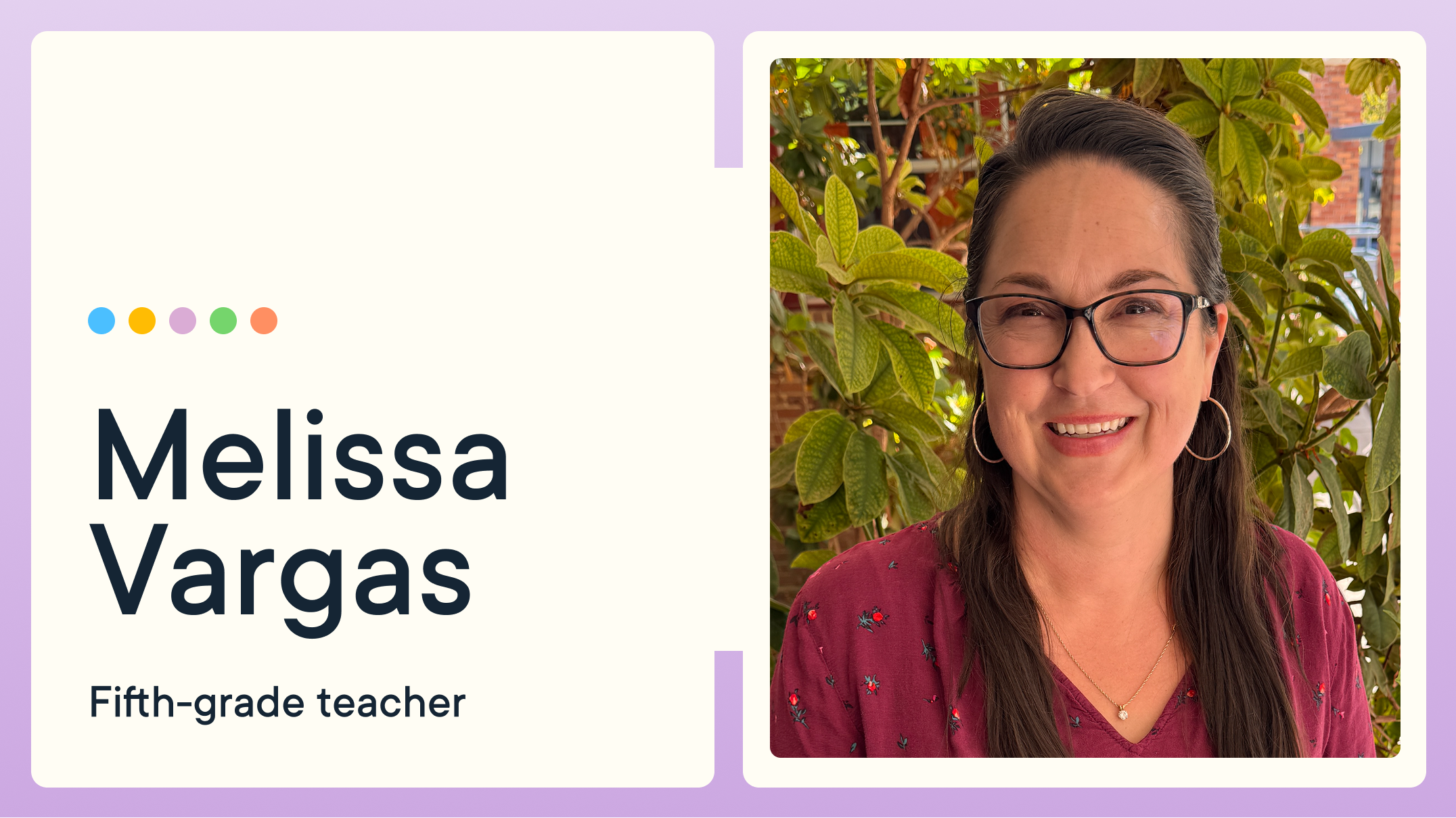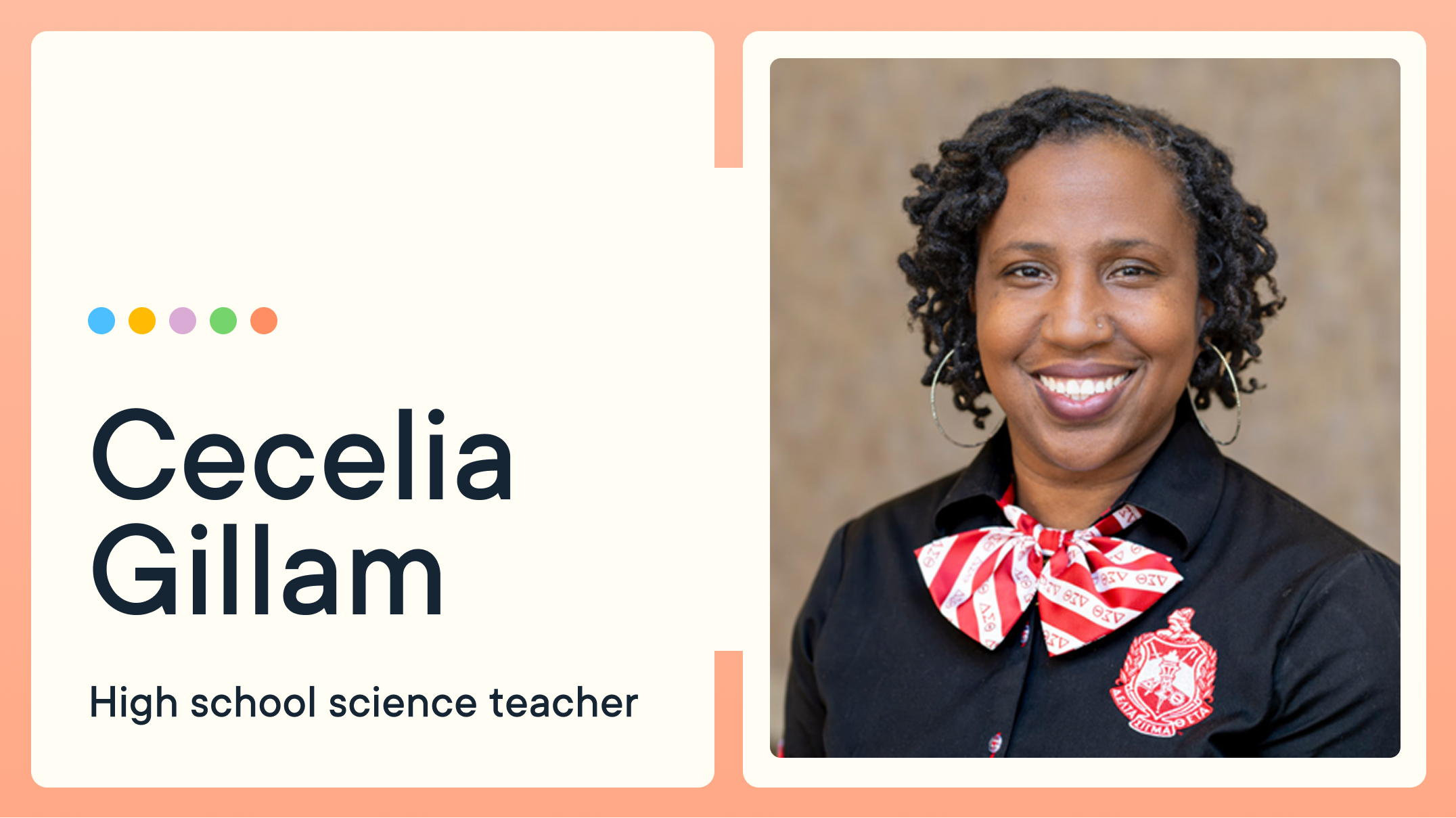Guiding Growth and Grasping Goals with GoGuardian

As we progress through a new school year, it is crucial to reflect on our ability to immerse students in opportunities to “use tech for good” while instilling the digital citizenship and 21st-century Learning skills they will need to be successful in an increasingly digital world. How can we foster a balanced approach to Internet use while differentiating between valid and invalid resources? How can we ensure our quieter learners have a method to participate that’s comfortable for them? These questions (and many others) would circle in my mind while I searched for edtech tools to fulfill these demands.
Since becoming an edtech coach, I’ve been lucky enough to gain access to and explore GoGuardian’s suite of tools that help educators save time, build stronger classroom communities, and enhance learners’ tech-based fluency while preparing them for the real world. I’ve spent time reviewing the platform’s newest features, and I’m happy to share five unique ways to implement GoGuardian in your class while keeping student growth and their ability to achieve goals in mind.
- Personalize Learning resources with Scenes
With GoGuardian, you can set different Scenes for your students, so specific websites are either allowed or blocked. Educators can leverage this feature by providing a curated set of websites and resources to support learners who may need additional assistance. Sharing digital anchor charts, note slides, and leveled/translated supplemental materials in real-time with GoGuardian can benefit our neurodivergent and multilingual learners significantly, making them more successful while working towards proficiency in different content areas. You can also configure the settings of a Scene so tabs are auto-opened when a Scene is applied.
Furthermore, teachers can create focused study session Scenes where learners experience a distraction-free environment and access a limited number of websites. On the other hand, educators can open up an exploratory environment with GoGuardian, allowing students more freedom by blocking only specific types of websites, including those for social media, shopping, and streaming video, as they participate in project-based Learning. Each way helps tailor our students’ digital space, providing them a better opportunity to succeed in class.
- Incentivize responsible Internet use
Promoting balanced and responsible Internet use with our students is essential in today’s digitally driven world. With GoGuardian’s real-time Screens View, teachers can keep an eye on student work and maintain a digital environment with fewer distractions and more flexibility. This feature allows for quick redirects and non-confrontational exchanges if a student has strayed away from the task at hand or requires support based on the work on their screen. Teachers should be transparent while using GoGuardian and can incentivize proper Internet etiquette with a positive behavior system (PBS) based on learners limiting off-task alerts and using technology appropriately.
An edtech tool like ClassDojo allows educators to assign students or classes points to earn rewards at different thresholds based on specific criteria. Teachers and students could work together to create categories for responsible Internet use and other foundational digital citizenship skills to help promote these skills more consistently. This type of PBS can contribute to establishing an efficient online Learning environment where students feel they are working together toward the common goal of safer and more effective Internet use.
- Use Timeline to analyze engagement trends
GoGuardian’s Timeline function offers valuable insights into student engagement patterns. By analyzing this student data, teachers can better understand how learners interact with digital resources. With this knowledge, educators are better prepared to optimize lesson plans, delivery, and resource selections to maximize student engagement. Delving into Timeline data can help teachers notice spikes in activity at certain times of day compared to others and identify resources that helped capture students’ attention. This information allows us to fine-tune teaching strategies to meet desired Learning outcomes effectively.
- Low-stakes feedback loops with Teacher Chat
Meaningful communication with learners is at the heart of building relationships in teaching. With GoGuardian’s Teacher Chat functionality, educators can facilitate real-time, low-stakes feedback loops between themselves and students. This instant communication channel fosters quick clarifications, addressing of questions, and opportunities for check-ins and positive encouragement. Teacher Chat empowers learners who are reluctant to participate in class or ask questions without making them feel self-conscious, contributing to a supportive and inclusive Learning environment.
- Present student screens for digital gallery walks
Use GoGuardian to share student screens and incorporate more peer-to-peer feedback in your teaching practice. Teachers can encourage students to have their work showcased in a digital gallery walk. This strategy promotes peer Learning and collaboration while building student agency and pride in work. Additionally, using GoGuardian to project student responses could help teachers facilitate error analysis discussions (zoom in to hide student names), provide constructive feedback, and identify common misconceptions with the current content.
GoGuardian continues to offer excellent versatility in classroom management and online Learning with its many innovative features. By implementing the five strategies described above, teachers can guide student growth and help them confidently grasp their educational goals. Embrace the power of this dynamic edtech platform to create engaging, personalized Learning experiences for students that prepare them for success in the digital age!
Jump to Section
Bring the power of GoGuardian to your school or district today.



